NSF MRI: Variable Property 3D Printer
The Frank H. Dotterweich College of Engineering at Texas A&M University-Kingsville has received a $349,000 grant from the National Science Foundation for the purchase of a Stratasys Connex 500 Multi-material 3D printer.
Faculty in the Department of Mechanical Engineering, Hong Zhou and Larry Peel, worked with faculty members in the Chemistry, and Electrical & Computer Science Departments to develop the proposal for this grant.
This grant provides funding for the acquisition of a variable-property material synthesizing instrument. Inspired by nature, variable-property materials have tailored incremental variations in composition and structure over volume, resulting in corresponding changes in the material properties. The instrument synthesizes variable-property materials by directly combining two component materials in specific concentrations and structures to provide the desired properties.
The direct fabrication of variable-property materials opens up opportunities to develop complex systems in a single build process, eliminating design restrictions while maintaining the accurate look, feel and functionality. It provides a vehicle to develop compliant mechanisms and smart structures, and the formats for organic semiconductors, superconductors, and other organic electronic devices.
Specifications for the Connex 500
Material Types for the Connex 500
Variable Property (Digital Material) Specs for the Connex 500
Preliminary list of projects using, will use, or could have used the CONNEX 500
Notes: Besides the capabilities listed in the proposal, the Connex can also 3D print injection molds or other higher-temp molds from Digital ABS-like material. Also, the multi-material capability with one clear makes it easy to make various medical models.
This project continues development of previous digitally manufactured Rubber Muscle Actuators (DM-RMAs). Previous TAMUK DM-RMA’s produced little force or contraction and failed prematurely due to poor 3D-printed elastomeric material properties.
In the current work oval braid strands allow thinner actuator walls, refined and hybrid 3D printed muscles are being developed where traditional elastomers may be substituted for some digital elastomers. DM-RMA performance has increased through an iterative development process.
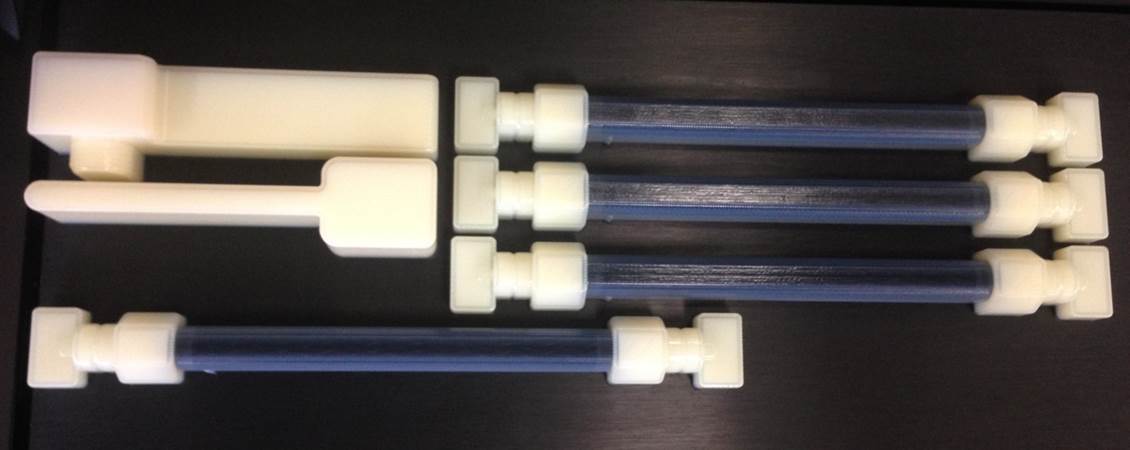

his research is intended to replicate the function and motion of a butterfly, including a basic wing structure, actuators, and a body, with wing attach points, controls, and energy storage.
The first research phase this spring, and was to create a larger-scale butterfly wing and body attach structure using flexible composites. The mold for the wing was to have been printed on the Connex 500 from ABS-like digital material, but the Connex broke down, so it was printed on an older single-material Objet30, from a material that does not allow higher temps.
The second phase research will fabricate butterfly wings, actuators, and body, directly from various digital materials on the Connex 500.
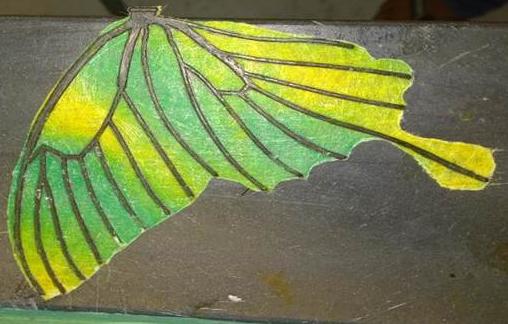
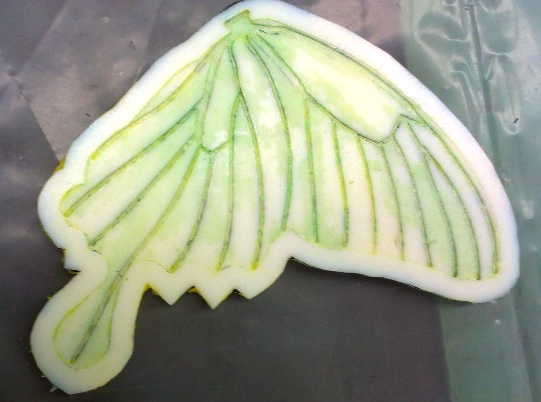
This work is for a simple demonstration of a mold that has been 3d printed from ivory ABS-like material. Additionally, multiple molds will be printed on the Connex to make various multi-part actuators with rigid, flexible, and intermediate properties, from filled and un-filled thermoplastics.
This team fabricated a composite cane and handle for their composites fabrication course. They were supposed to make the mold for their cane handle from Digital ABS-like material, but the machine was not functioning at the time, so a FDM pattern was made, and a mold cast.
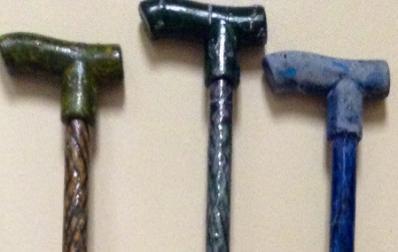
This team fabricated the frame for a quad-copter from composite materials, using a CNC mold from wood. The frame could have been fabricated from an impact-resistant plastic (Endur & Durus-white) on the Connex, if it was ready.
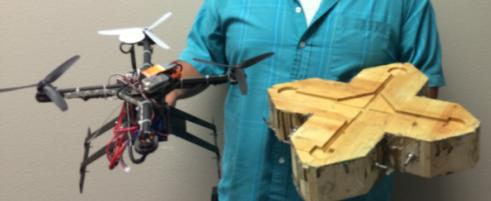
This team 3d printed the frame for a RC helicopter from ABS on a FDM-style 3D printer. The frame could have been fabricated from an impact-resistant plastic (Endur & Durus-white) on the Connex, if it was ready.
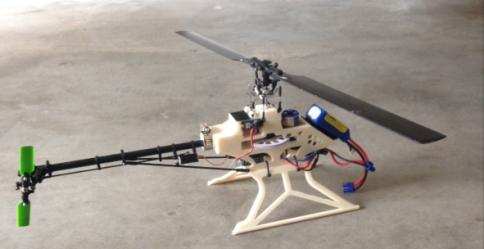
This energetic team fabricated 2 versions of their fuselage from composite materials, and could have saved time by 3d printing versions of a multi-color fuselage model before fabricating their final version.
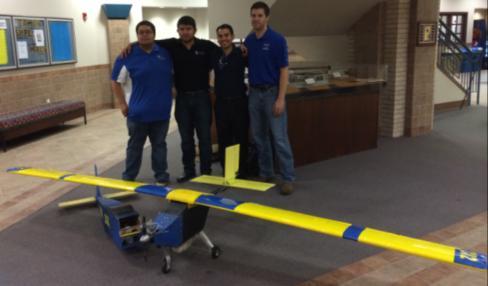
This award-winning team had many parts of their vehicle, but had a hard time deciding on a final configuration. They could have saved time and effort by 3D printing working models of a multi-color working car before fabricating their final composite shelled and aluminum framed vehicle.
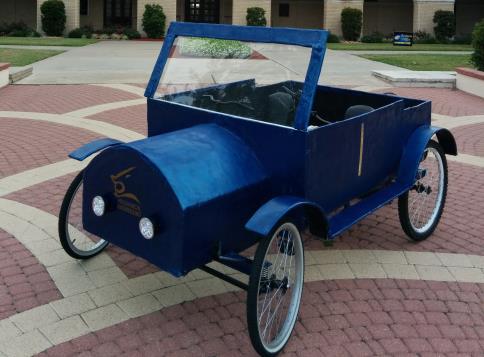
Bio-medical & related
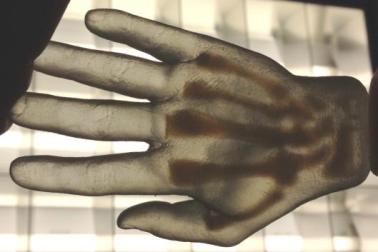
Examples of Digital Materials (Verowhite & TangoBlackPlus combined)


Other fun items and test items, including a hollow transparent skull with a hole and visible teeth, a twisted gear cube, and a Marilyn Monroe image that is produced by varying the thickness of the semi-transparent printed material.
